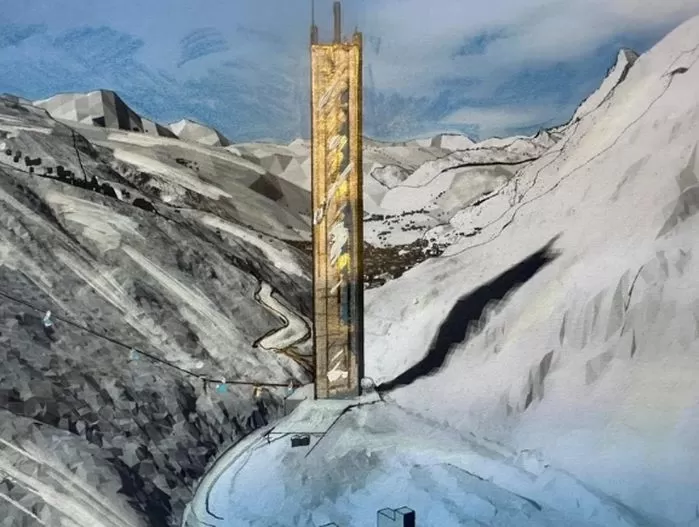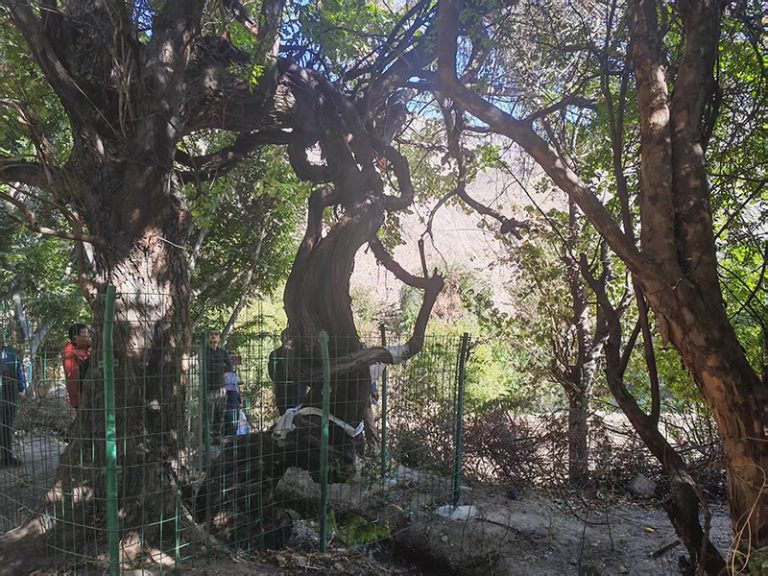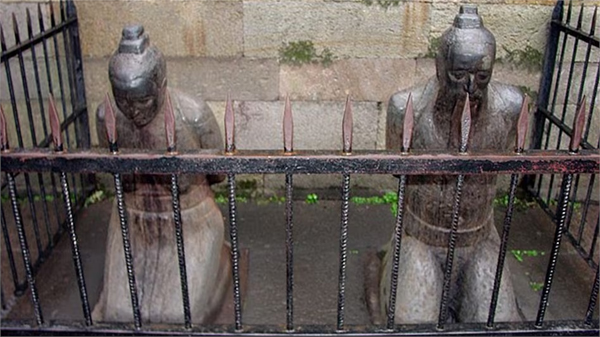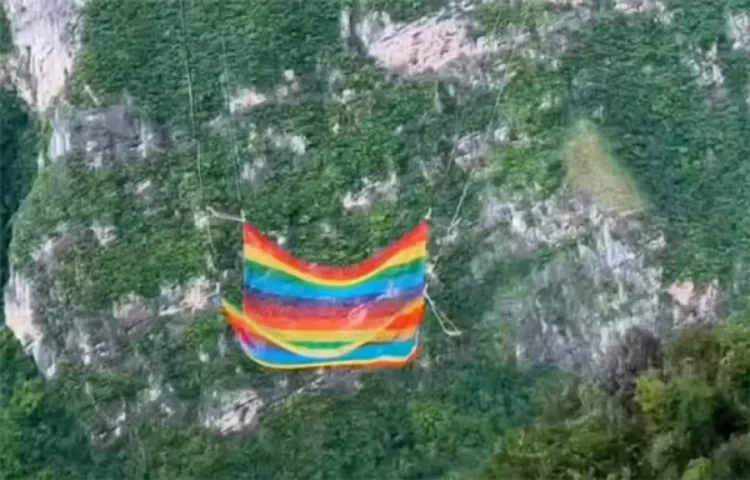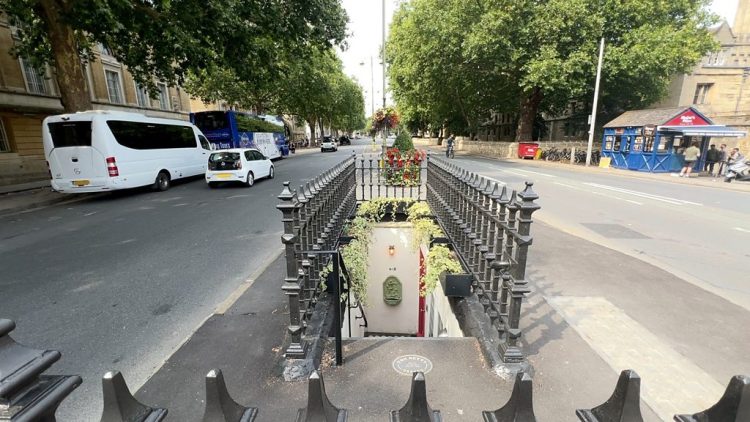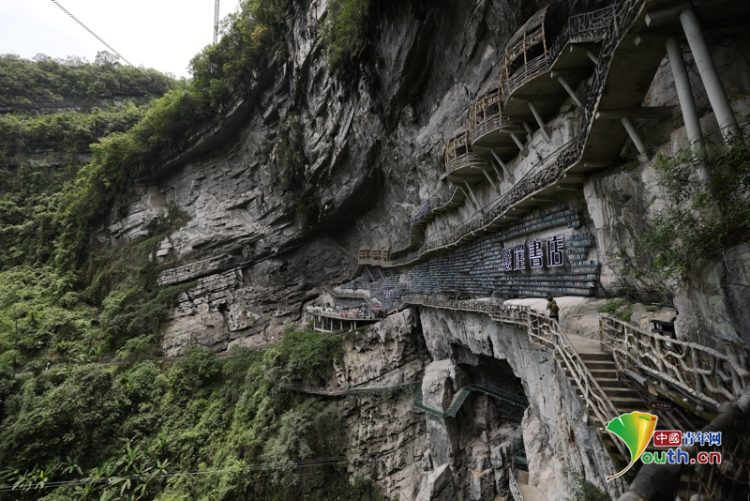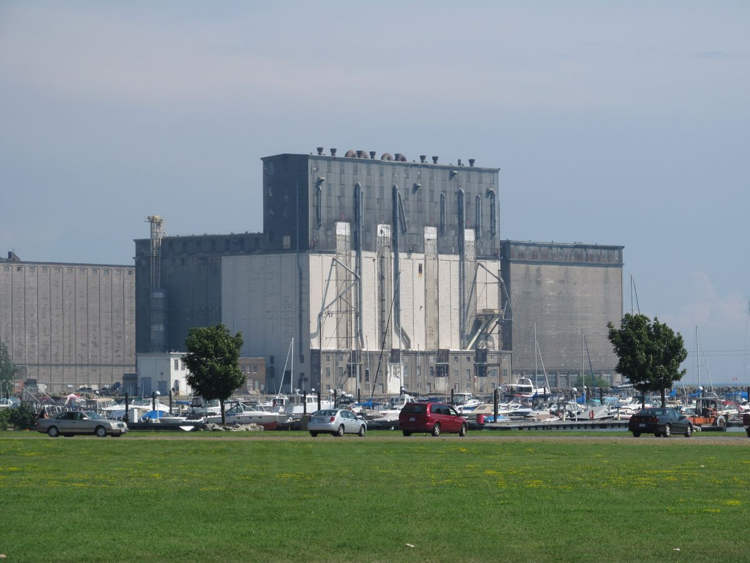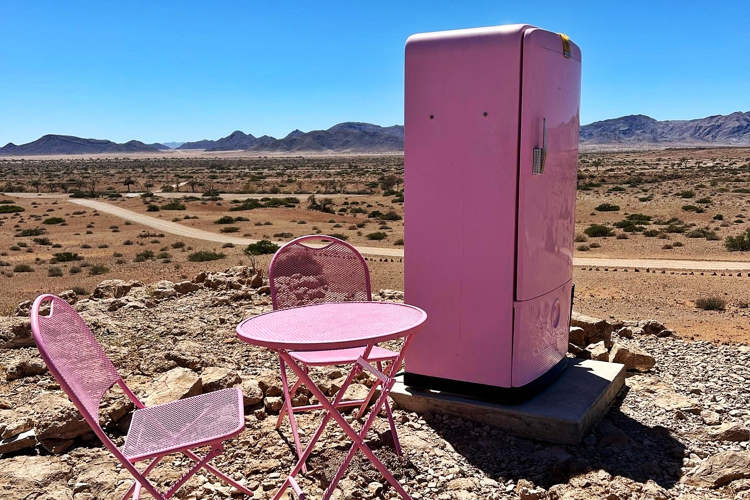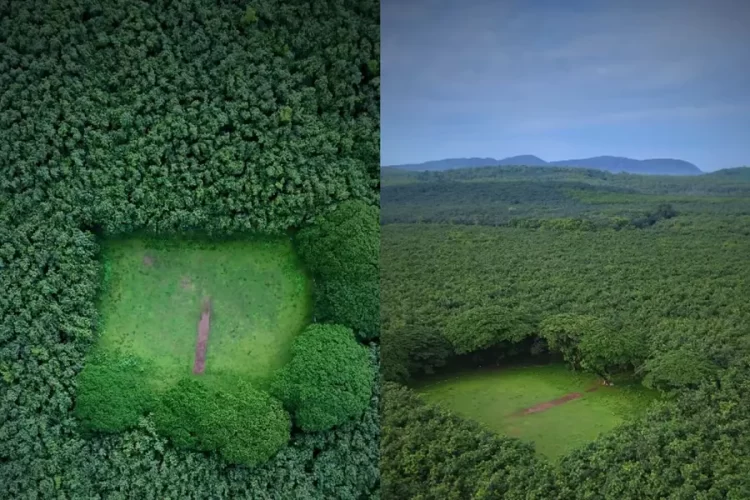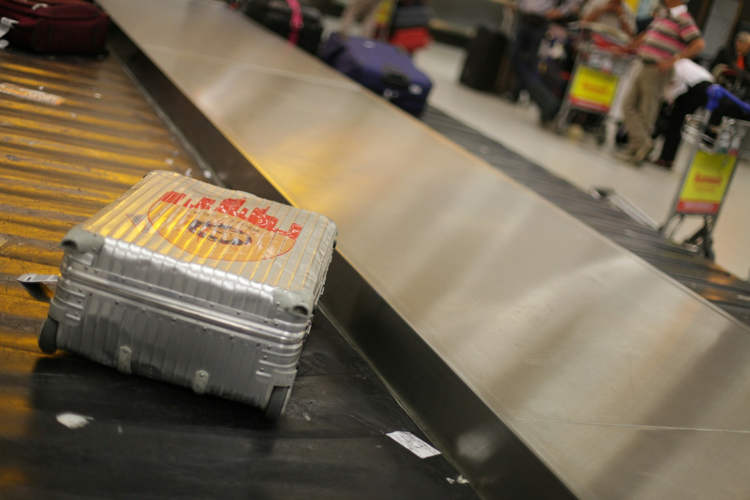In the last decade and a half, the Bosnian town of Visoko has become a popular tourist attraction thanks to several “energy pyramids”, tree covered hills that some claim are actually part of the largest pyramid complex ever built.
The 350-foot-high Pljesevica Hill, aka the Pyramid of the Moon and the 720-foot-high Visocica Hill, or the Pyramid of the Sun, which border Visoko, are two very controversial landmarks in central Bosnia and Herzegovina. Along with a third so-called “pyramid” in the nearby hills, they allegedly make up an ancient man-made complex that gives off massive levels of “energy force” that have a positive influence on people’s lives. Although scientists have been trying to debunk these new-age claims for many years, believers include a number of high-profile names, including Bosnian officials and even tennis world no.1, Novak Djokovic.
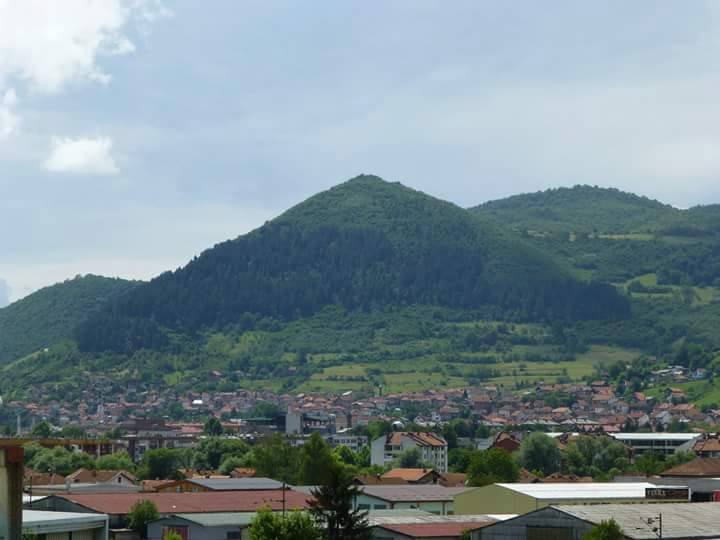
Photo: Radoslaw Botev/Wikimedia Commons
Bosnia’s pyramid-mania was kickstarted by Semir ‘Sam’ Osmanagic, a self-styled explorer who “discovered” the Visoko pyramids in 2005. Since then, the 60-year-old, has bough lots of land in the area, drilled tunnels into the hills and built a controversial pyramid park, which receives thousands of visitors every year. Even though he doesn’t guarantee that the energy from these “pyramids” will heal everyone, he does cite cases in which people have been healed of hypertension, diabetes or even cancer after visiting this place.
“I saw this hill covered with fir trees and vegetation, its slopes perfectly oriented towards the cardinal points,” Osmanagic recently told AFP. “It was obvious to me that it was not a natural hill but the construction” of a “technologically superior” civilization”.
Over the years, Osmanagic’s many appearances on television have made him somewhat of a national celebrity. His stories of ancient pyramids built some 12,000 years ago by a long-lost civilization whose secrets lie buried beneath the earth have gained thousands of followers around the world, as evidenced by the support and donations his Pyramid of the Sun Foundation, in Sarajevo, has received in the last decade and a half.
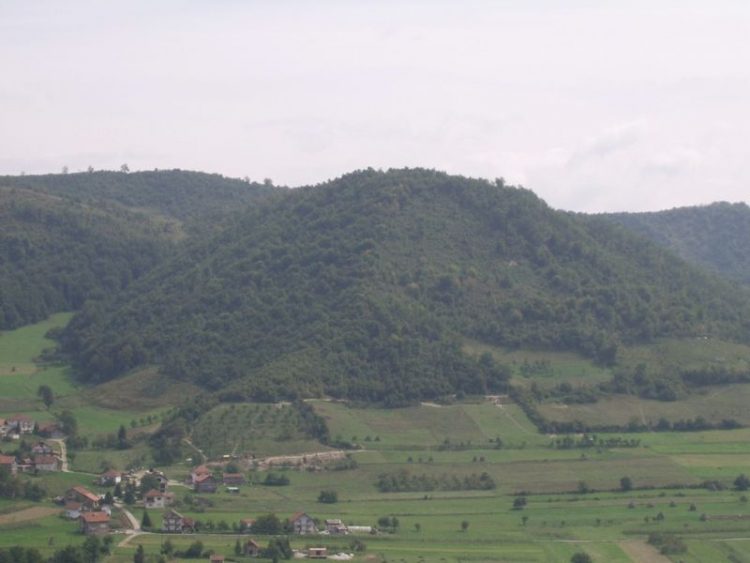
Photo: TheBIHlover/Wikimedia Commons
In 2006, a year after Osmanagic discovered his now famous energy pyramids and his theories started spreading, a group of archeologists wrote a letter denouncing the “support” given to a “cruel hoax on an unsuspecting public” that “has no place in the world of genuine science”. Several studies conducted by geologists, archaeologists, and other scientists found that these structures were natural formations known as ‘flatirons’, of which there are hundreds around the world.
“What he’s found isn’t even unusual or spectacular from the geological point of view,” geologist Robert Schoch of Boston University, told Smithsonian Magazine. “It’s completely straightforward and mundane.”
But the criticism of the scientific community did not dissuade Semir Osmanagic. If anything, it only fueled his ambition. With the help of hundreds of foreign volunteers, he conducted excavations, which led to the discovery of a network of tunnels that he says emit a special “energy” force, but many say are just the remnants of an old mine.
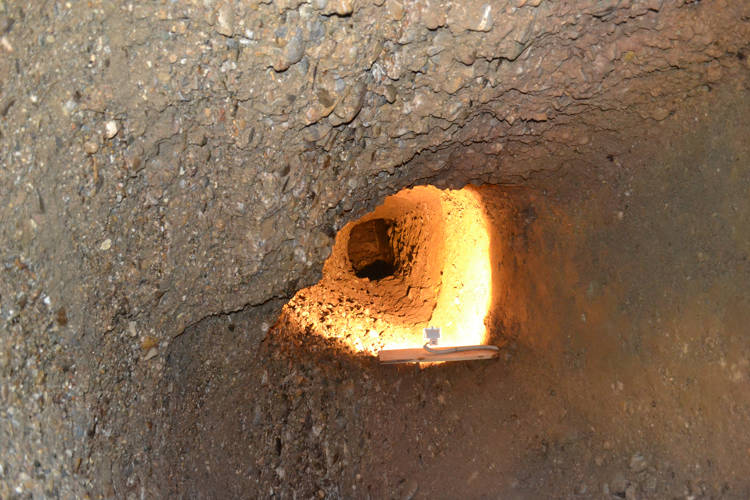
Photo: Edinwiki/Wikimedia Commons
This fall, the pyramid park of Visoko saw an increase in visitors, after Serbian tennis superstar Novak Djokovic visited it twice, in July and October, calling it a “paradise on earth”. Local entrepreneurs credit Djokovic for bring back the crowds, as the number of visitors skyrocketed after his pilgrimages there.
“I know there are many doubts and dilemmas about the authenticity of this place,” Djokovic reportedly said. “In order to fully understand what is going on here… you have to come.”
The energy pyramids of Visoko remain controversial, but to the thousands, maybe even millions, of people who believe that there is something special about them, all the scientific proof in the world doesn’t mean a thing.
“I feel good, I breathe well, I feel light. I simply feel like I’m receiving energy there,” a 67-year-old visitor said about the pyramid tunnels.
“I used to come every Saturday to go through the tunnels for between 40 and 60 minutes,” a woman suffering from asthma agreed. “The price… is insignificant compared to the result obtained.”
To enter the park, visitors need to pay a five euro ($6) entry fee, which includes access to the underground tunnel network.


